
Analysts (source) forecasts that by 2024, at least 50% of digital business solutions in production will be IoT-enabled, and by the end of the year 2021, more than 50% of large enterprises will deploy at least one edge computing use case to support IoT or immersive experiences. This increasing number of digital touch-points would go beyond regular computers, smartphones, tablets and would range from small assets like air purifiers to heavy industrial assets like turbine to moving assets like truck, rail and ship, basically, almost every machine. In short, IoT is about creating a virtual planet of machines- both human and non-human that “breathe” data.
IT to IoT is a new phenomenon; in other words “IoT is the new IT” for enterprise landscapes. Every business or an organization whether emerging or mature, has IT landscapes catering to multiple business processes (e.g. attendance management, travel booking/settlement, replenishment, procurement, logistics, Servicing etc.). IoT improves efficiency and productivity with these business processes. New generation applications that powers enterprise IT landscape will be based on IoT and Edge computing coupled with Big Data and ML to form smart applications
If we look at the evolution of technology through time, first industrial revolution facilitated production, second industrial revolution facilitated mass production, third industrial revolution facilitated automated production and finally, fourth industrial revolution caters to higher productivity with personalized experience. If we look closely at the transition from the third to the fourth stages of the industrial revolution, you can see that the Internet straddles both of these eras and one of the main proponents of the fourth revolution is the Internet of Things (IoT) and the connected world phenomena.
Define Internet of Things (IoT)
We can find multiple formal definitions and explanations of IoT on google, so here is my attempt to add one more. I will try to explain IoT with an analogy of how a human being functions.
All parts of the human body are equipped with different senses such as the touch, sight, hear, smell, and taste. Then, there is the concept of communication/connectivity. Data coming from the senses (e.g. eyes) will be transmitted via nervous system to brain, brain stores the data – i.e. the memory – , contextualize the data, analyse the data and derive the conclusions, and also predict on how to react towards upcoming data streams – i.e. the brain. Next, there is a concept of control, when we are running, we see an obstacle in front of us, which makes our brain , come to the conclusion that it is the right time to jump. That is our brain remotely controlling our actuators – i.e. legs – to execute the jump. Assume we fell down and feel pain then our brain instructs and sends us to the doctor.
IoT also starts with the concept of sensing- machines are equipped with different sensors, which sense their environment (just like our five senses). A smart machine with embedded sensors would sense vibrations and sends to cloud. The cloud would recognize a pain, in the form of failure data patterns in the sensor data, and sends a technician triggered by a service request created in the backend ERP system. Here, you can see the concept of thing to data, data to insight, and insight to action that derives and define the Internet of Things.
Well, there are a couple of differences between IoT and human being. There will be far more sensors than just five with IoT devices, and second one – sensors, unlike the eyes will have local storage and local processing. IoT devices will have their own smaller, local brains with capability to store, analyse and react to local data coming from local sensors. We call this phenomenon as edge computing.
Another analogy – Edge computing is like the “subconscious mind”. It will take care of the routine within the constraints of the “known”, whereas cloud computing is like the “conscious mind” and will watch out for “unknown”, requiring superior brain power.
Enterprise IoT adoption in business
Let us look at Enterprise IoT scenarios with an example – Imagine that you are on a long drive, as you refuel your car, the fuel pump could connect with your car’s dashboard system and the retailer could offer you a discount on a drink, snack or a car cleaner. Based on the sensor data from your car, your car manufacturer can predict an issue with the car and notify you to get the car serviced . Your insurance provider can adjust the insurance premium amount based on driving habit which is calculated based on data from sensors (speed data, braking, gear change etc.). So, welcome to the world of enterprise IoT! We connect systems, devices, process and people which enables the transformation of IoT sensor data into business outcome.
The availability, affordability of sensors and hyper-connectivity sets the stage for enterprise IoT. The key ingredient of enterprise IoT is contextualizing sensor data with business process data like asset, material, products, routes, handling unit or work order. This IoT intelligence makes business processes more effective.
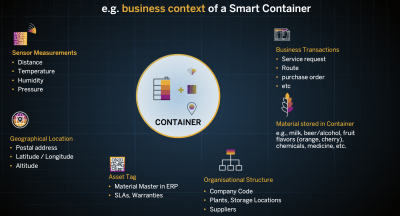 For example, a container or silo embedded with sensor has multiple master data sources as shown in the picture. Sensor provides you with fill level, temperature, humidity. However, if you look at only the fill level and temperature, the numbers alone don’t mean anything when you don’t know which material they correspond to, and the consumption rate of the material contained in the container. So once you contextualise the sensor data with business data, company knows that for all containers located at business partner x, if the consolidated inventory is less than 10%, replenishment needs to be initiated with the supplier automatically. In another use case, the expiry date needs to be adjusted if the temperature of the material within the container is not maintained within the defined threshold for the material.
For example, a container or silo embedded with sensor has multiple master data sources as shown in the picture. Sensor provides you with fill level, temperature, humidity. However, if you look at only the fill level and temperature, the numbers alone don’t mean anything when you don’t know which material they correspond to, and the consumption rate of the material contained in the container. So once you contextualise the sensor data with business data, company knows that for all containers located at business partner x, if the consolidated inventory is less than 10%, replenishment needs to be initiated with the supplier automatically. In another use case, the expiry date needs to be adjusted if the temperature of the material within the container is not maintained within the defined threshold for the material.
Now let’s look at how enterprises leverage IoT and deliver value to their customers and to their customer’s customers. Firstly, companies leverage IoT to improve their bottom line by automating and accelerating their business processes based on IoT, in simple words, process optimization for a step change in productivity. Let’s look at an example of a business producing fruit jam. It is important to have the right ingredients (e.g. sugar) at the right time, in the right quantity to meet customer demand. Sensors are attached to receptacles that measure real-time inventory levels of a material and calculate consumption rate. Business system has supplier details and information on lead delivery time. Using this information, IoT system can automatically trigger the replenishment process based on pre-defined business rules. Situational awareness based on data from business systems correlated with IoT data helps drive automated, data-driven decisions.
Secondly, we see companies leverage IoT to improve their top line by adding new and enhanced services to existing products. In today’s world, we live in an experience economy and superior customer experience is of paramount importance. Example: For a manufacturer of heating, cooling and ventilation machines – maintaining uptime and availability of machines, the quality of the product the machines produce, and the service provided to the machines are the primary value drivers. With the use of IoT, the connected machine can automatically create a maintenance request when it encounters an incident, Integration with backend systems and ERP takes care of creating purchase order for spare parts. The field technician looking into the request will have access to IoT usage data and events. This increases the quality of service and results in superior customer experience (by being proactive instead of reactive).
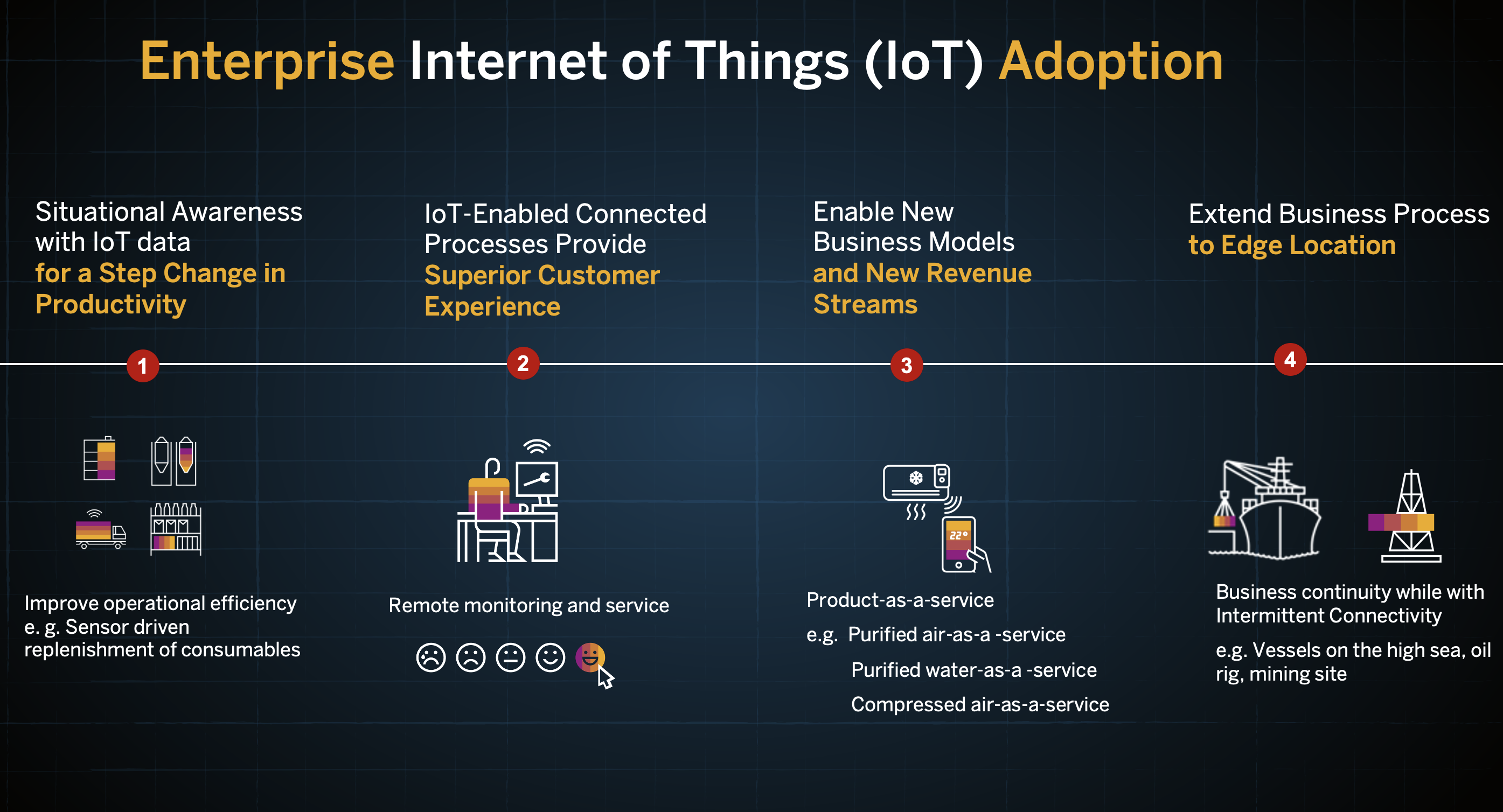
Third one – many times, when enterprises make an attempt to improve the productivity, experience with the collection of usage data of products results in enabling new business models such as product as a service (e.g. drilling as a service, compressed air as a service, purified air as a service, water as a service, so on). Enterprises are building their own platforms, entering into completely new markets. A service provider for wind and solar asset management, with an aim to reduce the risk of investments into renewable energies, built an IoT data-as-a-service platform which gather and monitor IoT data from wind farms and solar parks. The IoT data is then enriched with financial data and weather data. This contextualized information helps create transparency for investors looking into investing in renewable energies. Customers can now operate more efficiently by planning downtimes when energy commodity prices are low or by scheduling maintenance when the weather conditions are not good to produce profitable renewable energy. Thus, in this case, IoT increases profitability of the business and reduces risks for investors, bankers and energy companies.
Finally, let us have a look at Extending business process to Edge. Edge computing complements IoT and allows IoT deployments to scale. The key drivers for edge computing are latent response, intermittent connectivity, and communication cost when you try to send huge volumes of data to the cloud. The answer to these challenges is to turn the edge more autonomous and more intelligent. We need not only capabilities to locally store and analyze data at the edge, but also respond to it in coherence with its business context and existing business processes. Example: A European shipping company has a fleet of 100 shipping vessels and more than 5000 seafarers. Their ships are on a voyage for close to 8 months of the year. Satellite connectivity is expensive and intermittent on the ocean, and minimum bandwidth needs to be reserved for critical vessel operations. During the voyage, the crew members need to purchase bonded materials on ship, as well need cash advances to make urgent purchases at the local ports (e.g. bonded materials such as telecom cards, medications; vessel operations/maintenance related stuff at local ports, such as ropes, other spare parts etc.). So certain business processes need to be executed within the vessel for business connectivity – from inventory management for crediting, to factoring in currency rate fluctuations for cash advances (ships stop at ports in different countries on their voyage), to real-time issuing pay-slips for disembarking crew members, to being regulatory compliant with relation to crew members’ on-ship info for assignments, etc. By extending business process to edge location, captain can run these business processes effectively onboard, and keep it all in synch with onshore ERP, despite intermittent connectivity and bandwidth challenges at sea.
To conclude – IoT is becoming new IT for enterprises during this Industry 4.0 era. IoT itself is a trend which is applicable to almost every industry, we will also see the creation of entirely new industries that build business models solely on IoT data. Just as the Internet of people has changed the world, this next phase of the Internet—IoT—will also change the world turning the enterprise landscapes intelligent for higher productivity and greater experiences.
The views expressed in this article are those of the author and may not reflect those of SAP.
About Author : PVN PavanKumar is a Director of IoT Product Management at SAP Labs India, focused on product, definition and go-to-market activities. PVN shared his vision about IoT enterprise practice in several talks and external publications and recently co-authored a book on IoT and Edge Computing. Recently PVN made into the top 25 influencers list globally for IoT published by the analyst firm Onalytica. You can find IoT specific updates from PVN on twitter: @_pvn_pavan






 For example, a container or silo embedded with sensor has multiple master data sources as shown in the picture. Sensor provides you with fill level, temperature, humidity. However, if you look at only the fill level and temperature, the numbers alone don’t mean anything when you don’t know which material they correspond to, and the consumption rate of the material contained in the container. So once you contextualise the sensor data with business data, company knows that for all containers located at business partner x, if the consolidated inventory is less than 10%, replenishment needs to be initiated with the supplier automatically. In another use case, the expiry date needs to be adjusted if the temperature of the material within the container is not maintained within the defined threshold for the material.
For example, a container or silo embedded with sensor has multiple master data sources as shown in the picture. Sensor provides you with fill level, temperature, humidity. However, if you look at only the fill level and temperature, the numbers alone don’t mean anything when you don’t know which material they correspond to, and the consumption rate of the material contained in the container. So once you contextualise the sensor data with business data, company knows that for all containers located at business partner x, if the consolidated inventory is less than 10%, replenishment needs to be initiated with the supplier automatically. In another use case, the expiry date needs to be adjusted if the temperature of the material within the container is not maintained within the defined threshold for the material.











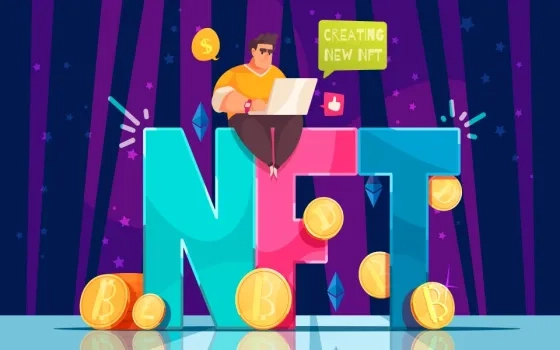
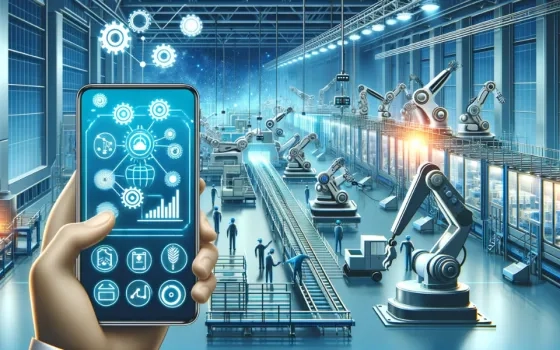

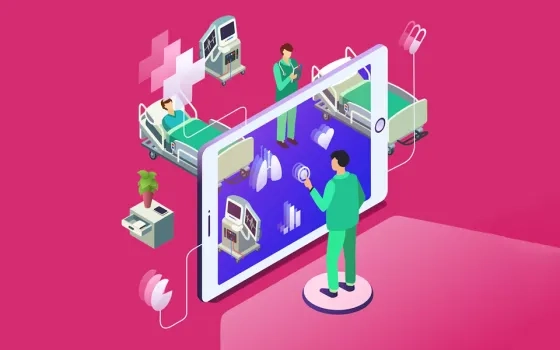

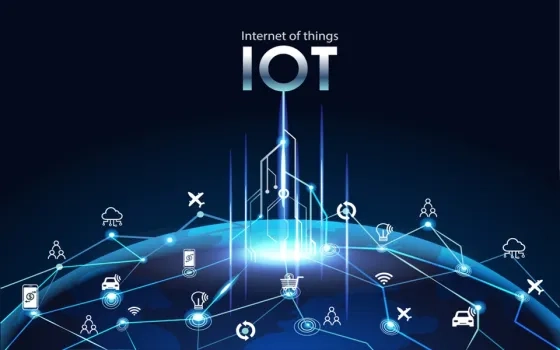

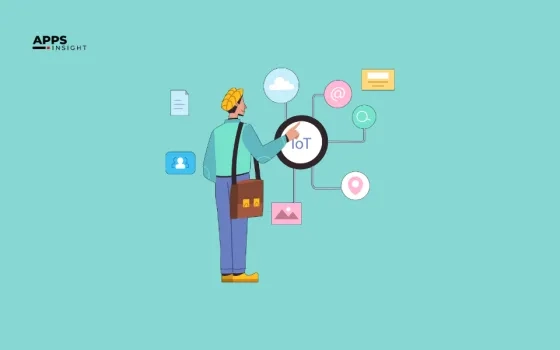

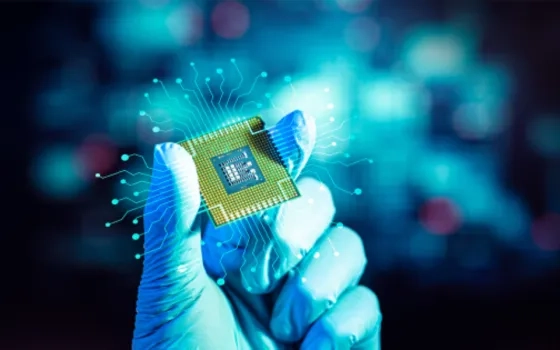

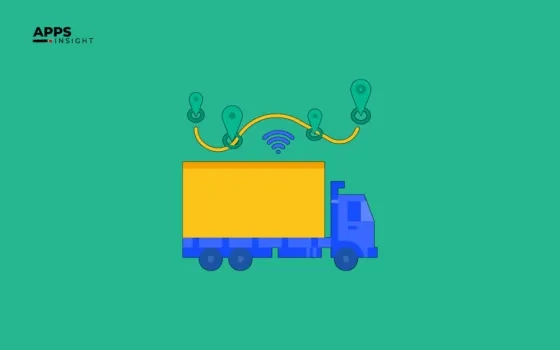

Comment
IoT is undeniably the backbone of Industry 4.0, transforming how enterprises operate through real-time data, automation, and enhanced decision-making. Its fusion with AI brings unparalleled efficiency. For businesses aiming to stay competitive, IoT integration is no longer optional.